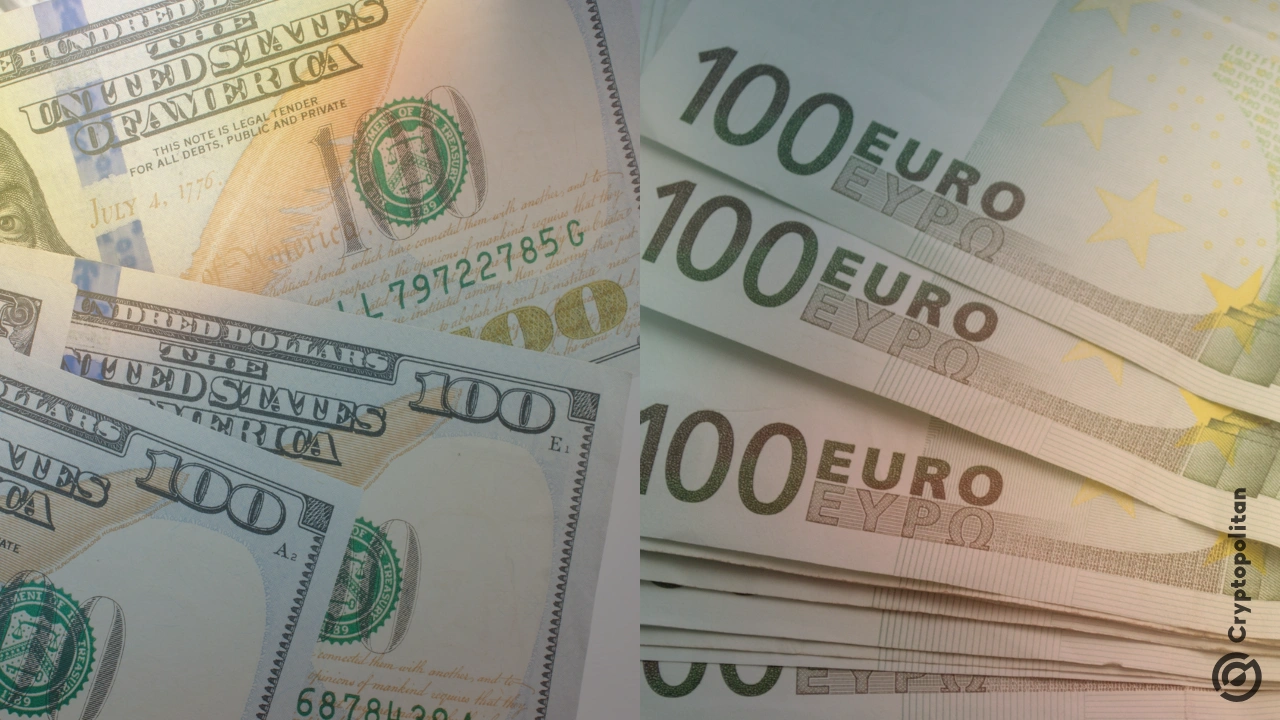Advisor to German Chancellor Friedrich Merz, Michael Clauss, revealed that the European Union is pushing for a UK-style trade deal with the U.S. The deal leaves some tariffs in place after next month’s deadline, further delaying retaliation against Washington.
He told a Financial Times event in Berlin on Thursday that instead of a full deal by July 9, he expects a declaration saying it follows along the model of the U.S.-UK agreement.
EU trade commissioner Maros Sefcovic is handling the sectoral levies with Howard Lutnick, U.S. Secretary of Commerce. At the same time, EU officials talk to the U.S. Trade Representative’s office (USTR) on other areas.
EU remains cautious on issuing countermeasures on U.S. tariffs
Diplomats and officials briefed on the matter argued that early talks in Brussels of retaliatory levies would have diminished if U.S President Donald Trump had not lifted all measures against EU countries. Clauss said that governments in the bloc fear the economic consequences and the risk of European internal disagreement on taking countermeasures.
Some nations, led by France, plan to retaliate in that scenario, but others, including Italy and Hungary, want to keep negotiations going, spooked by Trump’s threat to impose 200% tariffs on wine and whiskey when the EU proposed targeting bourbon in April.
The European bloc, which is far bigger than the UK, had anticipated a better deal than the one that Sir Keir Starmer’s government negotiated in London. Clauss said that a 10% reciprocal duty, combined with lower tariff quotas in areas such as steel and cars, would find grudging acceptance among some EU countries.
He also believes that it’s doable, but it is too early to determine.
“First, they want to see if there is a landing zone on the so-called reciprocal tariffs of 10 percent … in order then to move on to the other tariffs, the second tariffs.”
–Michael Clauss, Germany’s Ambassador to China.
Sweden’s trade minister, Benjamin Dousa, said the bloc should retaliate with higher tariffs on imports from the U.S. if a 10% baseline tariff were to be the final offer from the Trump administration.
Poland’s deputy economy minister, Michal Baranowski, said he doesn’t think the initiative was the level of ambition Europe would be happy with.
The U.S. President has threatened that without a deal, reciprocal tariffs would jump to 50%. The German official acknowledged that talks would continue to get reduced rate quotas for sensitive products such as steel and cars.
According to Clauss, negotiations would also cover sectors such as semiconductors and pharmaceuticals, where Trump has threatened to impose additional tariffs.
Washington wants the EU to scrap some taxes
🚨 It’s the NON-TARIFF BARRIERS. They lock out U.S. manufacturers while foreign exporters cash in. Removing barriers like the EU’s VAT is what’s needed to level the playing field. pic.twitter.com/d7jIXf1hvf
— Peter Navarro (@RealPNavarro) May 12, 2025
According to a senior official involved in the talks, the U.S. is no longer pressing demands that the bloc abolish value-added tax but is still seeking the end of national digital services taxes. The White House also wants the EU to remove other non-tariff barriers, such as locally made television program quotas and bans on some U.S. foods such as chlorine-washed chicken.
Clauss said diplomats highlighted that the UK successfully resisted pressure from the U.S. to eliminate its digital tax and VAT and accept American food and product safety standards. Britain also scrapped its tariffs on U.S. beef and ethanol.
Clauss believes that if there is no deal, the European Commission, which runs trade policy, must get the approval of a weighted majority of member states to retaliate. Officials said they were wary of reacting without strong support, as they needed to show unity to force the U.S. to compromise.
All states in the bloc except Hungary backed a package of tariffs of up to 50% on 21 billion euros of goods in April, but it was postponed until July 14 to allow time for talks. The move to support the levies was in response only to Trump’s 25% tariffs on steel and aluminum, which have since been raised to 50%.
KEY Difference Wire helps crypto brands break through and dominate headlines fast
This articles is written by : Nermeen Nabil Khear Abdelmalak
All rights reserved to : USAGOLDMIES . www.usagoldmines.com
You can Enjoy surfing our website categories and read more content in many fields you may like .
Why USAGoldMines ?
USAGoldMines is a comprehensive website offering the latest in financial, crypto, and technical news. With specialized sections for each category, it provides readers with up-to-date market insights, investment trends, and technological advancements, making it a valuable resource for investors and enthusiasts in the fast-paced financial world.
